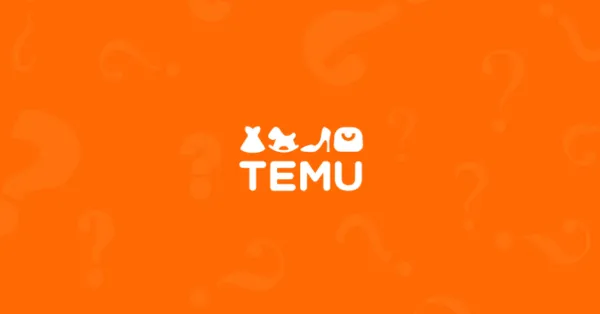Alibaba releases Qwen 3 hybrid AI models

Chinese tech giant Alibaba has released Qwen 3, a new family of AI models that it claims rivals — and in some areas surpasses — the best offerings from OpenAI and Google. The announcement signals China’s accelerating pace in the global AI race and increases the pressure on American labs to maintain their technological edge.
The Qwen 3 models, ranging from 0.6 billion to 235 billion parameters, are either available now or will soon be available for download under an “open” license via Hugging Face and GitHub. Parameters in AI models correlate closely to their problem-solving abilities, and larger models typically outperform smaller ones.
Alibaba describes Qwen 3 as a series of "hybrid" models capable of adjusting their reasoning approach based on the task at hand. For simpler queries, they respond quickly. For complex problems, they engage in deeper reasoning, similar to OpenAI's recently announced o3 models — though at the cost of higher latency.
"We have seamlessly integrated thinking and non-thinking modes, offering users the flexibility to control the thinking budget," the Qwen team wrote in a blog post. This enables users to allocate resources more efficiently depending on the complexity of the task.
The models boast support for 119 languages and were trained on a massive dataset of nearly 36 trillion tokens — an immense corpus comprising textbooks, Q&A pairs, code snippets, AI-generated data, and more. For context, a million tokens represent roughly 750,000 words.
Performance benchmarks shared by Alibaba show that the largest Qwen 3 model, Qwen-3-235B-A22B, outperforms OpenAI’s o3-mini and Google’s Gemini 2.5 Pro on several fronts, including coding challenges and math problem-solving benchmarks like AIME and BFCL. However, this largest model isn’t publicly available yet.
The biggest public release, Qwen3-32B, remains highly competitive. It surpasses OpenAI’s o1 model in several tests, including LiveBench, an important accuracy benchmark. In addition, Alibaba notes that Qwen 3 models excel at tasks such as tool calling, instruction following, and precise data formatting.
Beyond downloads, Qwen 3 is already being made available via cloud platforms like Fireworks AI and Hyperbolic, expanding its accessibility for businesses and developers.
Industry observers see the release as part of a broader trend of open AI models increasingly matching — or exceeding — the capabilities of proprietary systems. Tuhin Srivastava, co-founder and CEO of AI cloud host Baseten, remarked, “Models like Qwen 3 that are state-of-the-art and open will undoubtedly be used domestically, reflecting a reality where businesses are both building their own tools and buying off the shelf via closed-model companies like Anthropic and OpenAI.”
The stakes are rising. As the U.S. tightens restrictions on chip sales to China, China’s AI labs are demonstrating that open innovation can still thrive — and compete — on a global scale.





